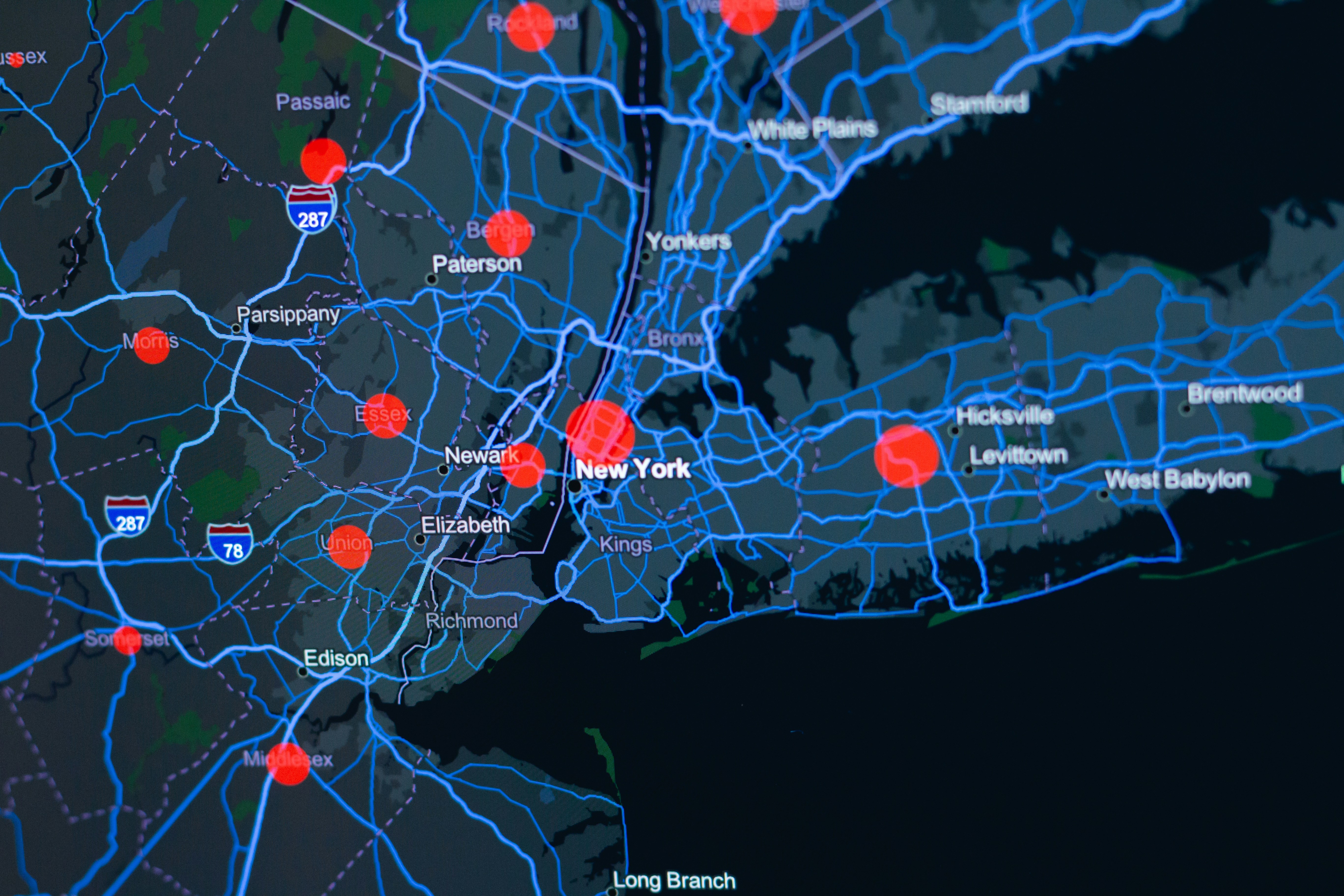Single Associational Common Bond Credit Union Charter Overview
Learn about the Single Associational Common Bond Charter and the Field of Membership opportunities it could offer your credit union.


Learn about the Single Associational Common Bond Charter and its various components along with the Field of Membership opportunities it could offer your credit union.
What Is a Single Associational Common Bond Charter?
Per the National Credit Union Administration (NCUA)’s Chartering and Field of Membership (FOM) Manual, the Single Associational Common Bond Charter covers those credit unions serving a single associational sponsor.
A geographic limitation is not required for this type of charter, meaning a credit union may operate on a national scale. That said, if it is determined by the NCUA that an applicant credit union lacks the ability and/or resources necessary to serve such a large group, the Administration may decide to impose a geographic restriction.
Who Can Join a Single Associational Common Bond Credit Union?
As stipulated in the NCUA Manual, “[a] single associational federal credit union may include in its field of membership, regardless of location, all members and employees of a recognized association.”
Further, the common bond itself is formed by: “individuals (natural persons) and/or groups (non-natural persons) whose members participate in activities developing common loyalties, mutual benefits, and mutual interests.”
Regarding groups, it is possible for two separately chartered associational groups to form a single common bond relationship, provided it can be proven both are “integrally related and share common goals and purposes.”
Based on these criteria, the manual lays out the following broad examples of who would be eligible for a Single Associational Common Bond Credit Union:
–Natural person members of the association (for example, members of a union or church members);
–Non-natural person members of the association;
–Employees of the association (for example, employees of the labor union or employees of the church); and
–The association.
What Are the NCUA Rules on Forming an Associational Group?
The Administration specifies that: “All single associational common bonds should include a definition of the group that may be served based on the association’s charter, bylaws, and any other equivalent documentation.”
Further, in order to add an association, a credit union “must provide a copy of the association’s charter, bylaws, or other equivalent documentation, including any legal documents required by the state or other governing authority.”
The main reason for this is that when a credit union seeks to add an association to its FOM, the NCUA will conduct a review to make sure the association in question meets certain threshold requirements. Namely, it will determine the objective of the formation of the association itself, which must, first and foremost, not be solely for the purpose of expanding field of membership.
If this primary stipulation is met, the NCUA will then apply what is referred to as a “totality of the circumstances test” to ultimately determine if the association meets the charter requirements. To do so, it will consider a host of criteria related to membership interaction as well as the activities of the association as a whole.
Example Fields of Membership
Pre-Approved Groups
The NCUA Manual outlines what sample fields of membership could look like, beginning with pre-approved groups, which automatically qualify as satisfying the associational common bond requirements:
1. Alumni associations;
2. Religious organizations, including churches or groups of related churches;
3. Electric cooperatives;
4. Homeowner associations;
5. Labor unions;
6. Scouting groups;
7. Parent teacher associations (PTAs) organized at the local level to serve a single school district;
8. Chamber of commerce groups (members only and not employees of members);
9. Athletic booster clubs whose members have voting rights;
10. Fraternal organizations or civic groups with a mission of community service whose members have voting rights;
11. Organizations having a mission based on preserving or furthering the culture of a particular national or ethnic origin; and
12. Organizations promoting social interaction or educational initiatives among persons sharing a common occupational profession.
Other Sample Single Associational Common Bonds:
–Regular members of Locals 10 and 13, IBEW, in Florida, who qualify for membership in accordance with their charter and bylaws in effect on May 20, 2001;
–Members of the Hoosier Farm Bureau in Grant, Logan, or Lee Counties of Indiana, who qualify for membership in accordance with its charter and bylaws in effect on March 7, 1997;
–Members of the Shalom Congregation in Chevy Chase, Maryland;
–Regular members of the Corporate Executives Association, located in Westchester, New York, who qualify for membership in accordance with its charter and bylaws in effect on December 1, 1997;
–Members of the University of Wisconsin Alumni Association, located in Green Bay, Wisconsin;
–Members of the Marine Corps Reserve Officers Association; or
–Members of St. John’s Methodist Church and St. Luke’s Methodist Church, located in Toledo, Ohio.
Insufficiently Defined Single Associational Common Bonds:
–All Lutherans in the United States (too broadly defined); or
–Veterans of U.S. military service (group is too broadly defined; no formal association of all members of the group).
Unacceptable Single Associational Common Bonds:
–Alumni of Amos University (no formal association);
–Customers of Fleetwood Insurance Company (policyholders or primarily customer/client relationships do not meet associational standards);
–Employees of members of the Reston, Virginia, Chamber of Commerce (not a sufficiently close tie to the associational common bond); or
–Members of St. John’s Lutheran Church and St. Mary’s Catholic Church located in Anniston, Alabama (churches are not of the same denomination).
The Application Process
While a Single Associational Common Bond Charter can be greatly beneficial to many credit unions looking to expand or covert an existing charter, it is by no means a one-size-fits-all process. Identifying the best strategy for your credit union can be both difficult and time-consuming. At CUCollaborate, we provide a tailored approach to growth based on data-driven insights and specialized software to help credit unions reach the largest target market possible.
Contact us today to learn about our Field of Membership Consulting Services.
Field of Membership Expansion













.png)





.png)



.png)



















































